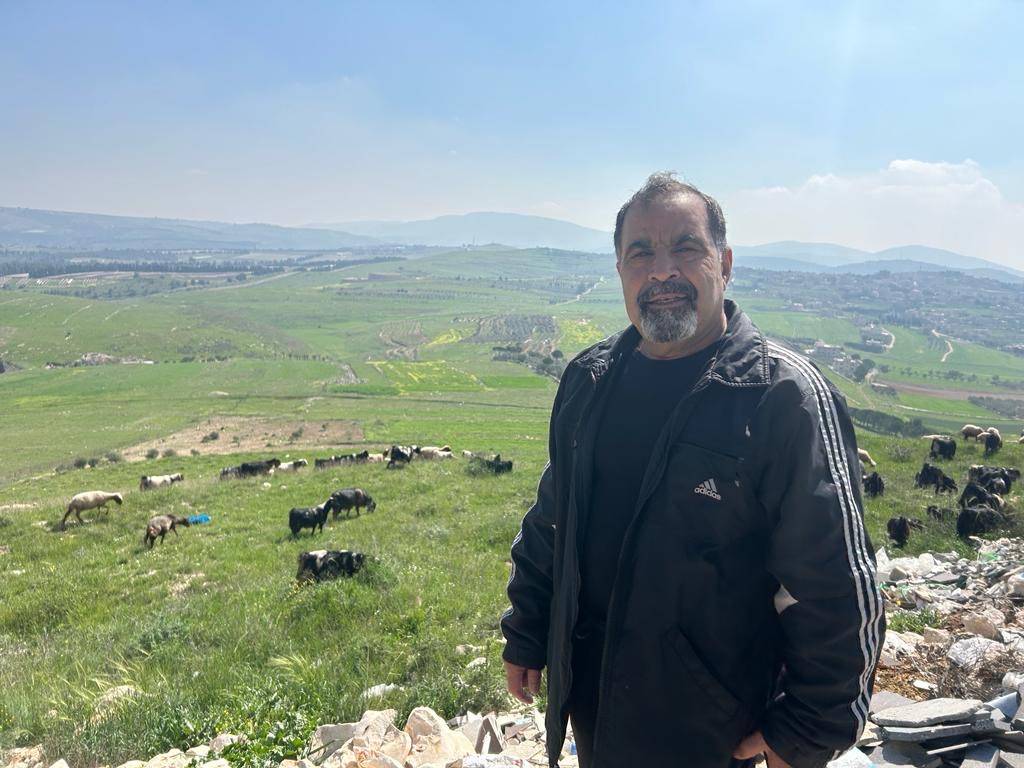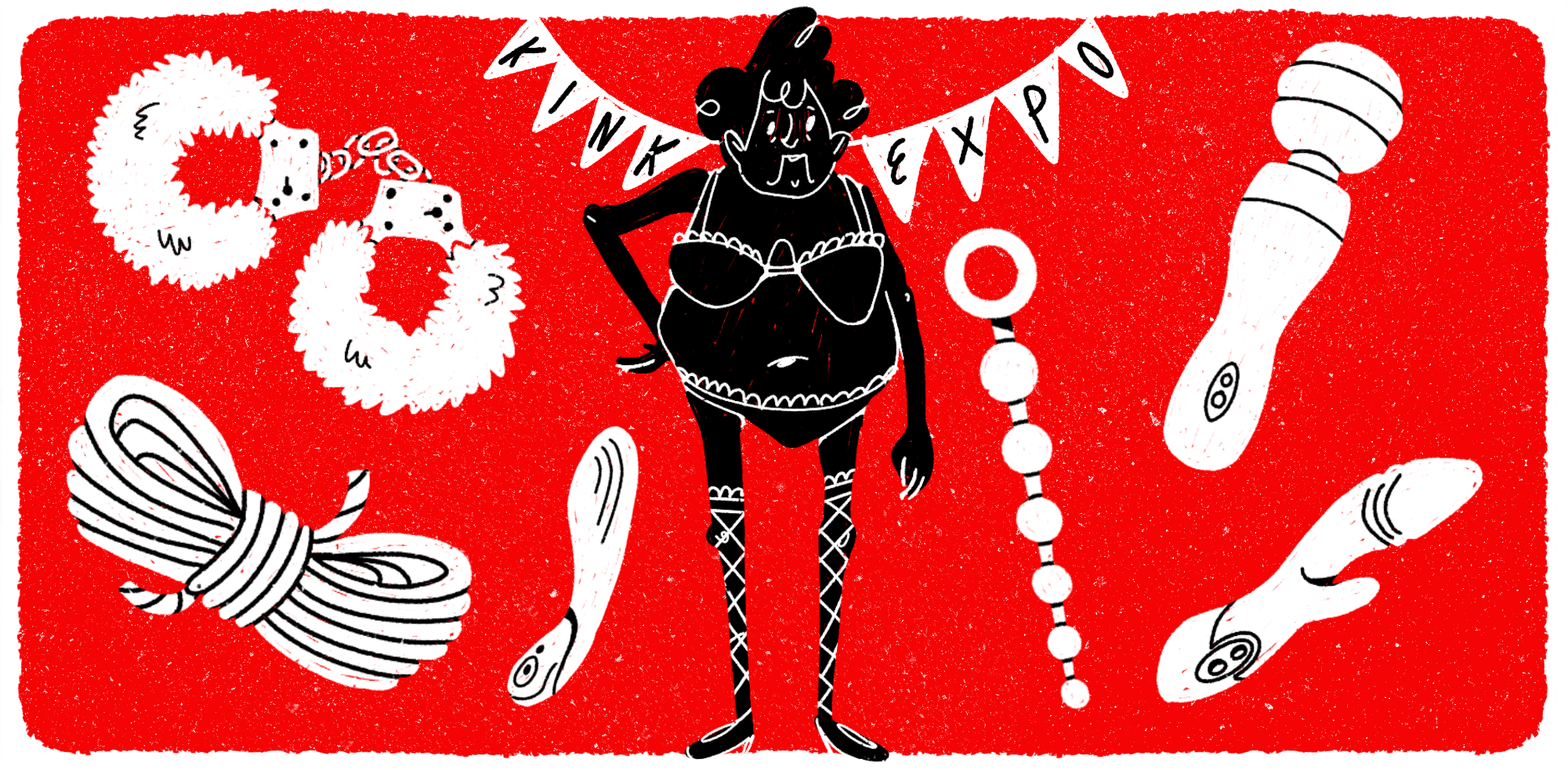We can not ignore that a big part of reality TV competition shows is humiliation. In the past contestants have eaten spiders, rolled in maggots, and been doused in blood. We’ve even seen reality stars be insensitive, ignorant, and racist towards their co-stars. At what point do these actions become such embarrassing displays that they cross the line? What can they teach us?
New reality competition show “Survive the Raft” (2023) re-constructs and broadcasts an old social experiment, adding to it the stakes of thousands of dollars. “Survive the Raft” is a cross between “The Mole” (2022) and “Survivor” (2000-), with a touch of “The Challenge” (1998) thrown in.
“Survive the Raft” (2023) bases itself on a social experiment run by Santiago Genovés in 1973 called the Acali Experiment where 11 participants set sail on a raft for three months moving across the Atlantic Ocean from Spain to Mexico. The project was meant to investigate the interpersonal relationships of strangers living in close quarters in extreme isolation.
While the group featured people from different racial, ethnic, and national backgrounds, there is no evidence that the group was brought on board based on the likelihood of conflict. This distinction is important pertaining to this experiment as well as the new reconstruction in “Survive the Raft.” In the end, even when aggravated to stir conflict by Genovés, the group stayed peaceful for the entire 101 days.
In “Survive the Raft’s” version of this experiment, nine contestants float in the ocean for 21 days. Each constant is hand-picked to be highly conflictual with one another. The nine are introduced as Elliot Capella, a white trans male; Maddie Witt and Tara Colucci, both white women; CJ Duffie, a white male; LaShana Lintamo, a Black woman; Jonathan Dade, a Black male rabbi; Summer Homayed, a Muslim woman; Merissa Underwood, a white vegan woman; and Russel Ellis, a white male civil rights activist.
The “Survive the Raft” team works on challenges that relate to the everyday inconveniences of the original 11 test subjects. Winning a challenge leads to money, but there are also possible consequences. Members can steal money for themselves, cause an elimination, or swap in new cast members — all elements, of course, not featured in the original Acali experiment.
Within the first four episodes, rather than truly dissecting everyday interactions, an intricate web of microaggressions and racism shows up, plain and clear.
The most notable rifts occur between four white women and two women of color in episodes two and four.
In episode two conflict arises between LaShana and Summer H. when Summer H. accuses LaShana of foiling a plan to vote off the new replacement by telling her that she doesn’t stand a chance of staying on the raft. This accusation leads to a heated argument and the start of framing LaShana as an “angry Black woman.” In these debates, LaShana’s use of African-American Vernacular English is perceived as aggressive, feeding into the stereotype.
White civil rights activist Russel mentions his concerns after hearing these arguments asking whether the complaints against LaShana are legitimate or influenced by implicit bias. At the same time, Summer H. also begins to feel insecure about possibly being targeted due to her being a Muslim woman.
By episode four, Summer H. has left the raft due to feeling excluded and othered. But, LaShana still faces similar treatment from episode two. The white women on the raft continue to discuss her “aggression” and express feeling unsafe around her. Merissa suggests multiple times that LaShana should leave for the physical safety and peace of mind of herself and the group. Russel once again attempts to come to LaShana’s defense once again calling out the group’s bias and disagreeing with their sentiments.
In the end, all the white women, including Summer H.’s replacement, vote LaShana off the raft, which brings tears to their eyes, even though they made the decision almost entirely themselves. LaShana’s final words express a desire for both sides of the story to be heard and a disappointment that she has faced circumstances she’s all too familiar with as a Black woman: “I’m hearing everyone talk about safety. I felt unsafe too. I’m disappointed. It just sucks being misunderstood again. Being a strong woman is not easy. Being a strong colored woman is not easy.”
So here’s the question: Why are these white women crying over a woman they’ve been attacking in private for at least two days now? A woman who despite the advice of others like Russel, they decided to remove based on their own prejudice.
LaShana leaves viewers by saying in her confessional, “It’s almost sad to say I’m used to it. I’ve felt this way too many times in my life. I don’t like it. But people like me, we go through this every day. You come off strong, it’s too much. You speak for yourself, you got an attitude. You apologize, it’s not accepted.”
The microaggressions towards LaShana are really embarrassing to watch. These white women (and earlier, Summer H.) should feel embarrassed and ashamed of how they’ve weaponized LaShana’s race against her, removing her from the show over other people who were genuinely in the way of creating the “strongest group.”
By the end of season one, “Survive the Raft” can not stand up to the original Acali Experiment. Instead of testing human dynamics, which do come with navigating relations based on race and ethnicity, this reality show does nothing but force off and humiliate Black and brown cast members for drama. Worst of all, these discussions are the most interesting part of the show.
After episode four, the show is lackluster. The group remains unlikable and no one’s personality is exciting to watch. “Survive the Raft” manages to exploit racism while simultaneously pumping out some of the most boring episodes of a survival competition show I’ve ever seen.
What was the point? To see how long a person of color could stay on a boat standing up to four white women? “Survive the Raft” fails to start up real dialogue on the issues showcased in its first couple of episodes due to its elimination of the “problems.”
I want to praise this show for revealing these characteristics of whiteness. I want to say that a show like this could bring about change with its open discussion that could have applications in real life, but I can’t. The show completes at episode nine with an all-white cast except for one Syrian and one Black male (added too last minute, perhaps, for the group to have enough time to drum up an issue to send him home).
Russel said it best at the end of episode four: “I’m very disappointed, because if we’re going to have a real experiment in which we really test group dynamics and we test hate and bigotry, if we want to test all that, we have to test it. Doing it for a little bit and then swapping somebody out is basically like resetting the experiment.”
If the experiment is “reset” over and over, constantly removing the people of color in favor of TV ratings, it can’t truly be the social experiment it claims to be.























WOW! This is an extremely real and revealing article! Thanks sooo much for being a ray of sunshine and a tremendous dose of reality! I’m grateful to GOD for being continuous blessed, inspired, and so proud of you baby girl!! Pop-Pop loves you madly 🙏🏽🙏🏽🙏🏽